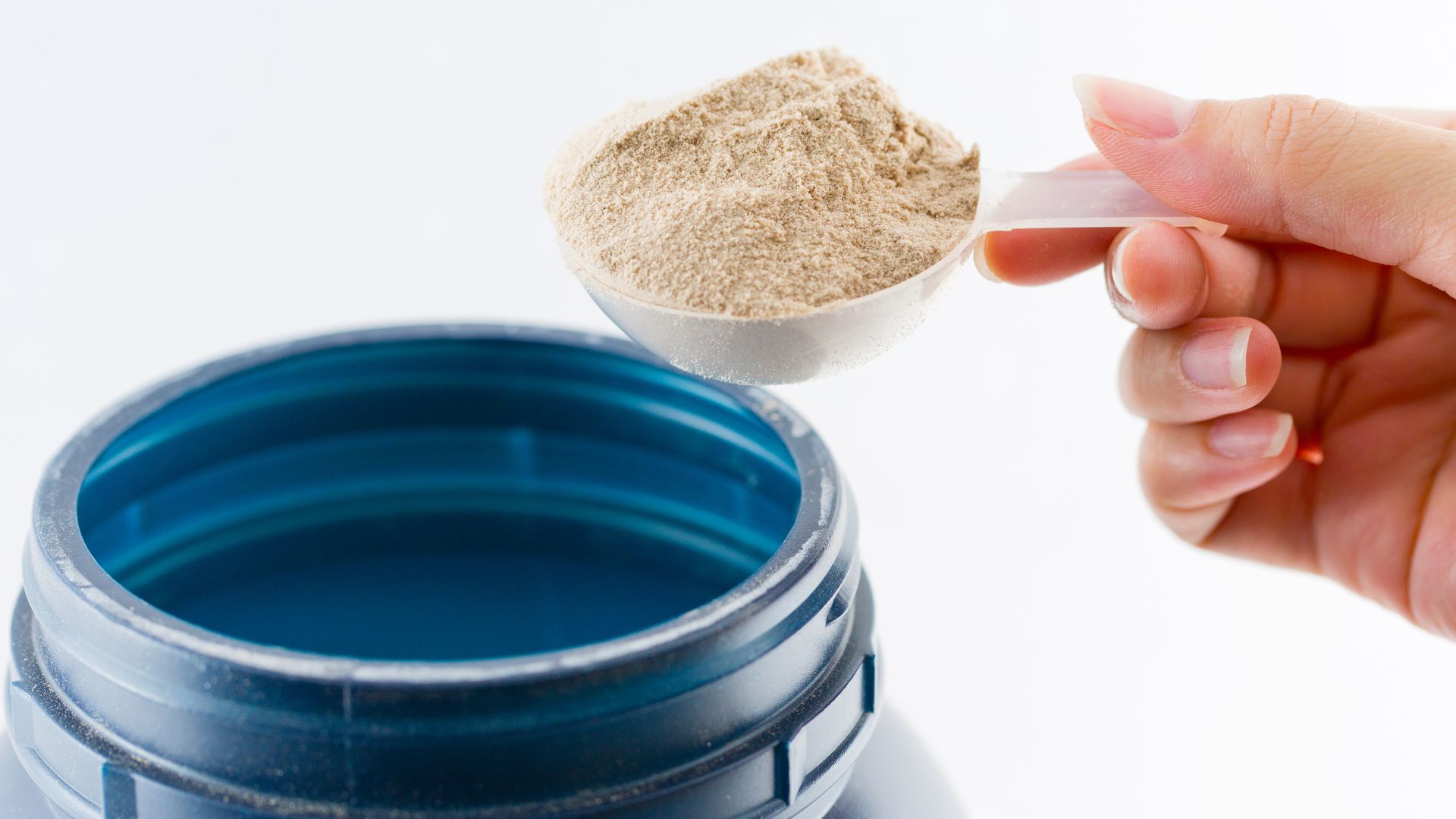Health
Choosing the Healthier Path

Deciding to choose activities and products that are good for your body and mind is the first step to a healthier path. With so many advice and diet books on the internet, what are the most effective ways to have a healthy mind and body? BidiTM Stick is a premium and innovative vape pen created to seamlessly ease the transition of adult smokers to a healthier alternative. It is produced by BidiTM Vapor, with its consumers’ health in mind.
There are many ways to massively change and improve towards a healthier path. However, it does not only limit to hours of gym workouts and eating only salad leaves. It’s about starting small and simple changes in your day-to-day living. “The trick to making your lifestyle healthier is to make small healthy changes every day. Some of the examples are taking the stairs instead of the lifts, increasing your fruit by one, drinking one extra glass of water, or quitting smoking,” says Dr. Craig Nossel, head of Wellness at Discovery Vitality.1
While there are many similar ways to live a healthy lifestyle, it looks different for everyone, and it means something different from one person to another. No matter what you choose to do, living a healthy lifestyle is a crucial part of disease prevention, wellness, and sustainability.
Here are some simple ways to start your journey to a healthier path.
Drink More Water. With busy schedules and daily tasks, we often forget this one simple task. Did you know that water makes up 60% of our bodies?2 It is essential to remove waste, carry out body functions, and distribute nutrients around our body. Since we lose water every day by urine, bowel movements, sweating, and breathing, we need to replenish our intake of water.
To remind yourself to drink water, you can place a full water bottle by your bedside or computer table. Stay hydrated and full of energy by drinking about 8-10 glasses of water a day.
Eat More Fruits and Vegetables. A quick search on the internet about eating healthier can lead to an array of various diets and theories. This load of information can be quite confusing and overwhelming for someone who has just started on a healthier journey. Vegetables are a source of many nutrients and minerals such as folate, vitamin K, vitamin A, manganese, and potassium. It also has dietary fiber, which is essential for good intestinal health.
Fruits are full of vitamins and minerals.3 Do you know that oranges have more health benefits than vitamin C pills? As often as you can, consume your vitamins and minerals from your diet rather than through tablets. Every morning, eat a variety of fruits to energize your body for the day.
Get a Good Night’s Sleep. Lack of sleep can lead to a variety of health issues, including diabetes, obesity, and even heart disease.4 Continued lack of sleep also weakens your immune system and makes you less likely to avoid colds and flu. Well-rested people handle stress better and have better control of their appetites.
Avoid caffeine and other stimulants close to bedtime. Alcohol can also disrupt your sleep. One of the things you can do to sleep better is to exercise. As little as 10 minutes of aerobic exercises, such as walking or cycling, significantly improve your sleep quality.5
Move Your Body. Movement is key to a healthy life. At our desks, in front of the TV, in a meeting – we spend most of our time sitting. Research has shown that exercise regularly provides significant benefits to our health, including an increase in lifespan, reduced risk of cancer, higher bone density, and weight loss.
Exercise can be daunting at first, so start by changing some of your daily routines. Choose walking instead of driving or taking transportation. You can also opt to take the stairs instead of the elevator. Try new and fun activities that require you to move your body. When you like the physical activity that you choose for yourself, you’re more likely to enjoy and naturally continue to do it. Exercise is about being safe, keeping healthy, and having fun all at the same time.
Calm Your Mind. A calm mind leads to a healthy body. Meditation calms your mind and soothes your spirit. 6 Contemplation is right for your soul, helps you cope with the demands of daily life, and may even help lower your blood pressure.
Swap to Healthier Alternatives. Starting on a healthier path is not easy. There are things that we cannot let go as quickly as the other things. What you can do is swap these things with healthier alternatives. Choose products that can help you transition to a healthier life.
One of the examples is smoking cigarettes. Smoking dramatically increases the risk of lung cancer, kidney cancer, esophageal cancer, and heart problems.
BidiTM Stick is a premium and innovative vape pen created to ease the transition of adult smokers to vaping through its premium 6% nicotine volume and variety of flavors. Its fully-charged battery with 280 mAh and 1.41ml of premium nicotine oil is equivalent to 500 puffs or 50 cigarettes per stick.
Adding to the seamless and satisfying experience it offers, the BidiTM Stick also gives importance to its effect on the environment. It believes in eco-conscious vaping by their “Save your Bidi. Save our Planet” platform. By recycling their 10 used BidiTM Sticks, the vape users get a new one in exchange.
With the help of BidiTM Stick, adult smokers can work towards cigarette smoking cessation.
Health
Best Times to Take Whey Protein Isolate for Optimal Results

For anyone looking to build muscle, recover faster, or simply improve their overall nutrition, timing can make a big difference when it comes to protein intake. Whey protein isolate is one of the most efficient and bioavailable sources of protein available — easily absorbed by the body and ideal for supporting recovery and growth. Whether you’re a seasoned athlete or just starting your fitness journey, knowing the best times to take it can help you make the most of its benefits. If you’re looking for a high-quality option, explore premium whey protein isolate in Australia to fuel your results.
1. Post-Workout: The Prime Time for Recovery
The period immediately after your workout is arguably the best time to consume whey protein isolate. During exercise, your muscles experience micro-tears and deplete their glycogen stores. Consuming whey protein isolate within 30 minutes post-training provides your body with fast-digesting amino acids, which help repair muscle tissue and stimulate protein synthesis.
Pairing your shake with a source of carbohydrates can further enhance recovery by replenishing glycogen stores and promoting better nutrient absorption.
2. First Thing in the Morning
After several hours of sleep, your body wakes up in a fasted state. Consuming whey protein isolate in the morning helps prevent muscle breakdown and kickstarts your metabolism for the day. It’s particularly useful if you don’t have time for a full breakfast or if you train early in the morning.
This quick, easily digestible protein gives your muscles a readily available source of amino acids to maintain muscle mass and energy levels throughout the morning.
3. Between Meals to Support Protein Intake
If you struggle to meet your daily protein goals through food alone, taking whey protein isolate between meals is a simple way to boost your intake. This is especially beneficial for those aiming to build lean muscle or lose fat while maintaining muscle mass.
A mid-morning or mid-afternoon shake helps stabilise blood sugar levels and reduces the temptation to reach for less nutritious snacks.
4. Before Bed (When Needed)
While casein protein is traditionally recommended for nighttime use due to its slow digestion, whey protein isolate can also be beneficial before bed in certain cases — particularly for those who train late in the evening or need additional daily protein intake.
Although it digests quickly, it still provides your muscles with amino acids to support repair and recovery during the early stages of sleep.
Optimising Your Protein Strategy
Ultimately, the best time to take whey protein isolate depends on your fitness goals, training schedule, and dietary habits. The most important thing is to ensure you’re consistently meeting your total daily protein needs. Whey protein isolate’s versatility makes it easy to integrate into your lifestyle — from breakfast smoothies to post-workout shakes.
-

 Tech5 years ago
Tech5 years agoEffuel Reviews (2021) – Effuel ECO OBD2 Saves Fuel, and Reduce Gas Cost? Effuel Customer Reviews
-

 Tech6 years ago
Tech6 years agoBosch Power Tools India Launches ‘Cordless Matlab Bosch’ Campaign to Demonstrate the Power of Cordless
-

 Lifestyle6 years ago
Lifestyle6 years agoCatholic Cases App brings Church’s Moral Teachings to Androids and iPhones
-

 Lifestyle5 years ago
Lifestyle5 years agoEast Side Hype x Billionaire Boys Club. Hottest New Streetwear Releases in Utah.
-

 Tech7 years ago
Tech7 years agoCloud Buyers & Investors to Profit in the Future
-

 Lifestyle5 years ago
Lifestyle5 years agoThe Midas of Cosmetic Dermatology: Dr. Simon Ourian
-

 Health7 years ago
Health7 years agoCBDistillery Review: Is it a scam?
-

 Entertainment6 years ago
Entertainment6 years agoAvengers Endgame now Available on 123Movies for Download & Streaming for Free
